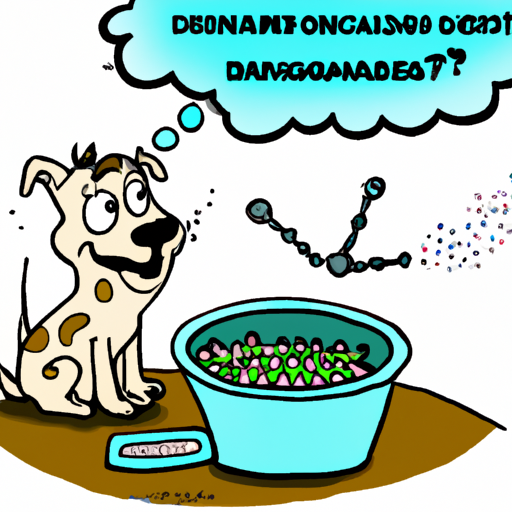Understanding Dogs and Their Drooling Habits
As a diligent and caring pet owner, you’ve probably noticed your fur-friend drooling on occasion. It can be a bit messy, sure, but have you ever wondered why dogs drool? It’s not just because they’ve spotted a juicy steak or are anticipating a treat. There’s actually a lot more to it than that.
Drooling, or ptyalism as it’s scientifically known, is a common occurrence in dogs, and it’s often perfectly normal. However, excessive drooling can sometimes indicate a health problem. It’s vital to understand when drooling is normal and when it might be a cause for concern.
Why Dogs Drool: The Basic Facts
Dogs drool for a variety of reasons. Here are some of the most common:
- Anticipation of Food: Just like humans, dogs start salivating at the sight or smell of food. It’s a natural, physiological response.
- Heat Regulation: Dogs can’t sweat like humans do, so they use panting and drooling to cool down.
- Certain Breeds Drool More: Breeds with loose, floppy lips like St. Bernards or Bulldogs tend to drool more because the saliva escapes more easily.
Health Concerns Related to Excessive Drooling
Sometimes, excessive drooling can signal a health issue. Here are some possibilities:
- Dental Problems: Gum disease, tartar buildup, and tooth decay can cause drooling.
- Mouth Disease: Conditions such as stomatitis or tumors can result in excessive drooling.
- Foreign Objects: If something is stuck in your dog’s mouth or throat, drooling may be a response.
- Heatstroke: If your dog is overheated and starts drooling more than usual, it could be a sign of heatstroke.
If you notice any drastic changes in your dog’s drooling patterns, it’s vital to consult with a vet immediately.
Breeds Prone to Drooling and How to Manage It
| Breed | Drooling Level |
|---|---|
| Saint Bernard | High |
| Bloodhound | High |
| Bulldog | High |
| Newfoundland | High |
| Boxer | Medium |
| Basset Hound | Medium |
For breeds prone to drooling, you may want to keep a drool rag handy. Regularly checking your dog’s mouth for any signs of dental or mouth disease can also help manage excessive drooling.
How to Keep Your Dog’s Drool in Check
While drooling is natural, there are a few steps you can take to keep it in check:
- Regular Dental Check-ups: Regular dental check-ups will ensure that any potential oral health problems are caught early.
- Hydration: Keep your dog well-hydrated. Dry mouth can make drooling worse.
- Regular Grooming: Regular face grooming can help control drooling, especially for breeds with loose, floppy lips.
FAQ
Q: Is drooling a sign of pain in dogs?
A: Sometimes, excessive drooling can indicate pain or discomfort.
Q: Do all dogs drool?
A: While all dogs drool to some extent, certain breeds are more prone to drooling than others.
Q: Can I stop my dog from drooling?
A: It’s not possible to entirely stop a dog from drooling as it’s a natural process. However, you can manage it with regular grooming and dental care.
Q: When should I be concerned about my dog’s drooling?
A: If your dog is drooling excessively, or the drooling is accompanied by other symptoms like difficulty eating, lethargy, or behavioral changes, it’s time to consult a vet.



